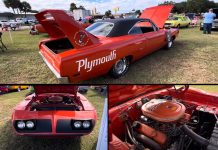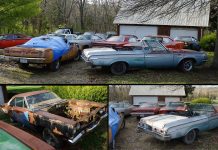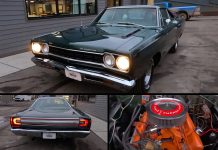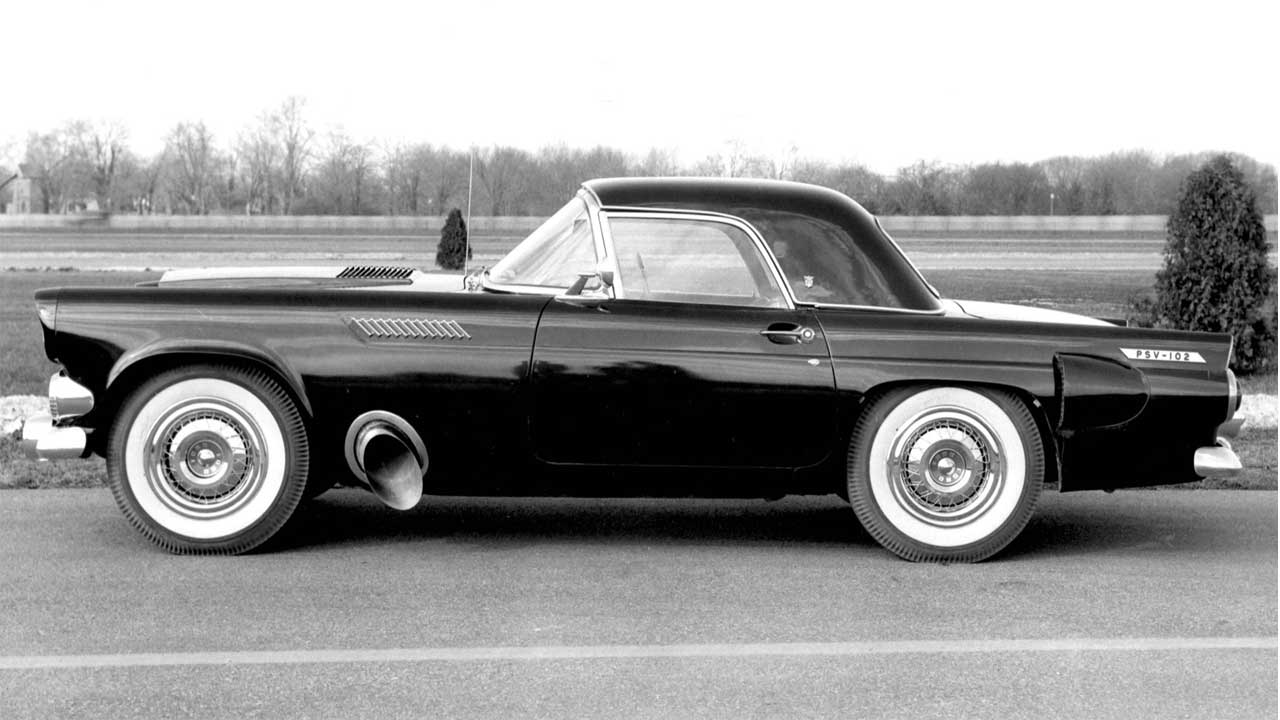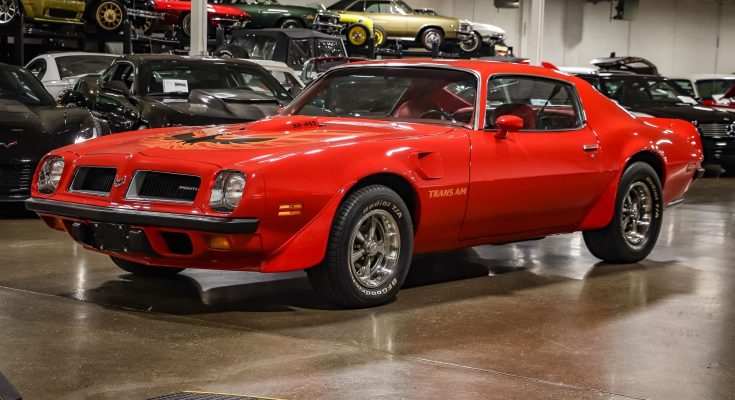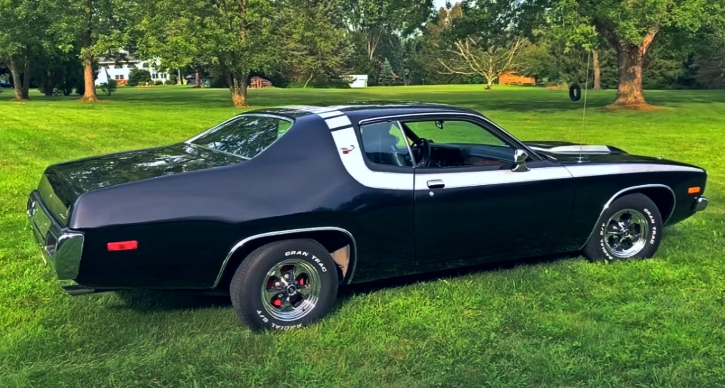In 1955, when the Ford Thunderbird was introduced, the engine options were fairly conventional. However, the automaker decided to experiment with something unorthodox – a gas turbine engine. This was an era when gas turbines were being considered as a possible alternative to conventional piston engines. The turbine-powered Thunderbird prototype was ready for testing in March 1956, and the project cost Ford $188,000 (in 1955 dollars).
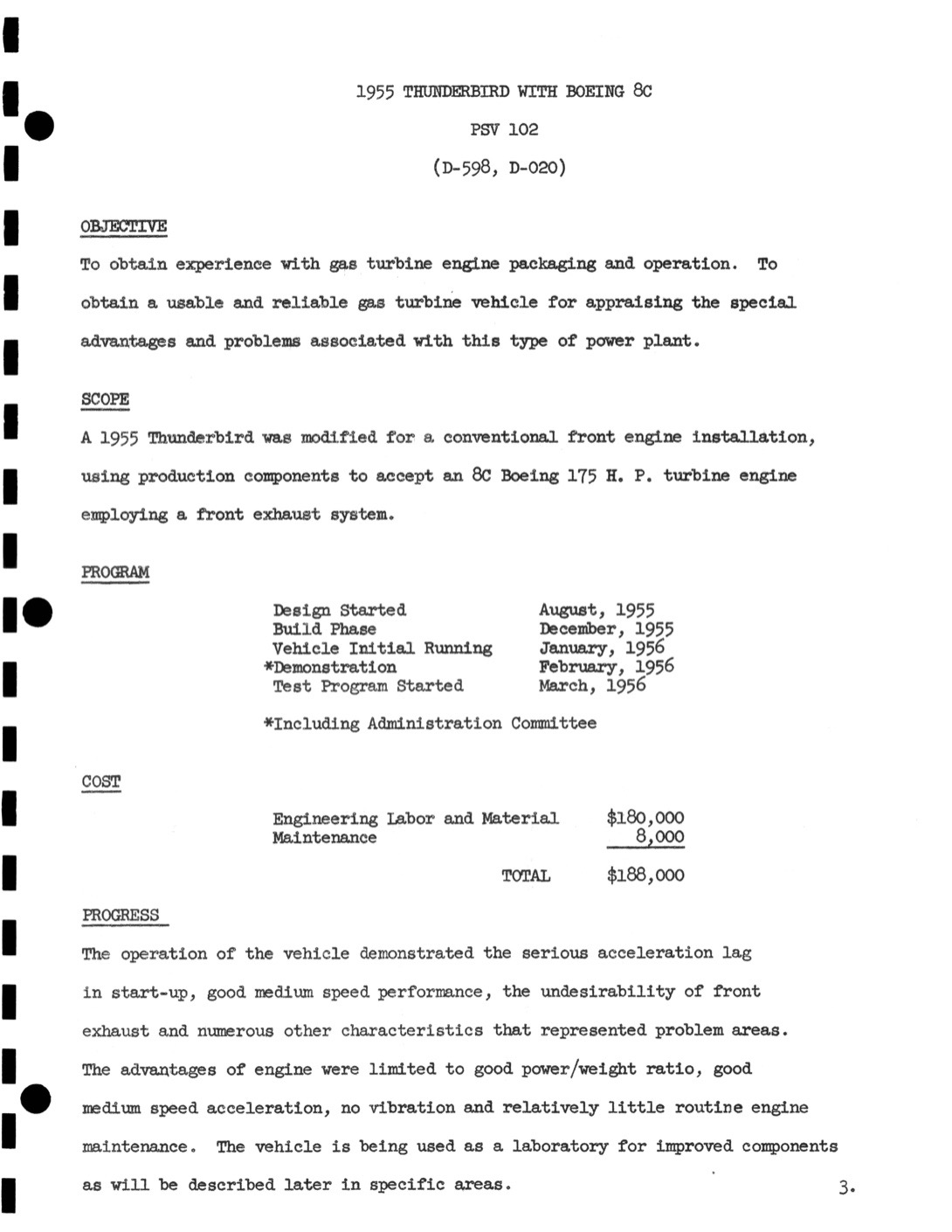
The goal of the project was to gain experience with gas turbine engine packaging and operation and to learn about the advantages and problems associated with this type of powerplant. The gas turbine engine was sourced from aircraft manufacturer Boeing and was mounted where a conventional engine would go, with a massive exhaust outlet just behind the front wheels.
The testing notes indicated mixed results. Positives included good medium-speed acceleration, a good power-to-weight ratio, a lack of vibration, and low maintenance requirements. However, there were problems with the front-mounted exhaust and numerous other characteristics that represented problem areas. One issue was serious acceleration lag in startup.
Despite the mixed results, Ford never put a turbine-powered Thunderbird into production. The Chrysler Turbine Car, which appeared in 1962, was another example of Detroit automakers experimenting with turbine power. Chrysler distributed 50 cars to customers for real-world evaluation, but the project didn’t get much further than Ford. Most of the Turbine Cars were scrapped after their loans ended, and today only nine survive, mostly in museums. Two are known to be in private hands, including one in Jay Leno’s collection.
The Thunderbird, on the other hand, continued on for decades in many different forms, but never with a turbine engine. The production of the last retro-styled T-Bird ended after the 2005 model year, but Ford has kept the trademark current to maintain control over the iconic nameplate.



